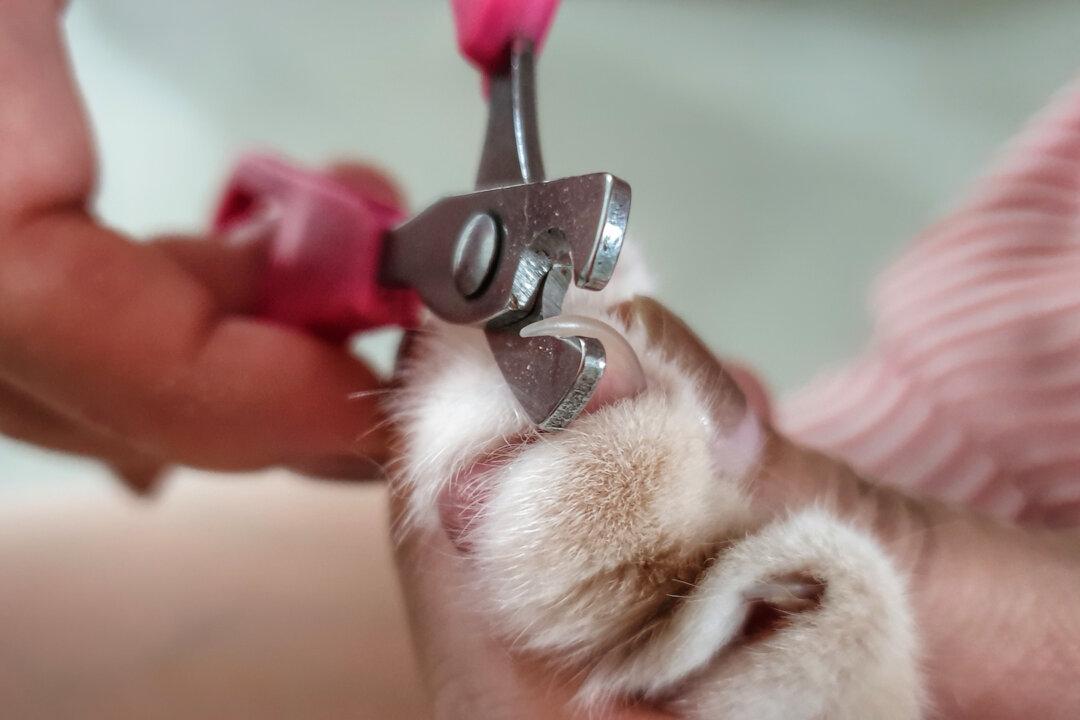The tapetum lucidum, a structure common to animals that hunt after dark, gives cats their superior night vision. Human eyes don’t have this layer.
A kitten’s tapetum lucidum is blue-gray at birth, transitions to blue by 4 months, and matures to yellow, orange, or green. Less often, the adult tapetum is blue, red, or multicolored. If you look closely, you may discover that each of Henry’s eyes reflects a different color.
Blue-eyed cats often lack color in the tapetum, so their eyes reflect the red blood vessels in the retina, just like human eyes when a camera flashes at the right angle.
The tapetum lucidum is just one reason cats see so well at night. Because they have much larger corneas and pupils than humans, seven times more light enters a cat’s eye than a human’s.
In addition, feline retinas have more rods than cones and three times as many rods as humans. Rods are the photoreceptors that function in dim light and sense movement, while cones detect color.
The tapetum lucidum, the iridescent reflector in the back of the feline eye, is not only beautiful but also functional. That’s magical, indeed.
Treats and other small pieces of raw meat are even more easily contaminated than large chunks of raw food because their small size provides more surface area to which bacteria can adhere.
In the past year, 17 product lines of pet treats and diets were recalled, sometimes more than once, because of salmonella and/or listeria bacterial contamination. Freeze-drying preserves both types of bacteria.
Salmonella and listeria cause disease in pets and humans, so by giving your pup freeze-dried liver treats, you risk contaminating your hands and then infecting yourself and other people. Over the years, raw, dehydrated animal parts such as pigs’ ears and rawhide chews have also triggered bacterial infections in many people.
In dogs and humans, these bacteria cause loss of energy and appetite, fever, vomiting, diarrhea, dehydration, abdominal pain, and sometimes death. Puppies, children, seniors, and those with compromised immune systems are most susceptible.
So don’t give your pup freeze-dried raw meat morsels, whether they’re treats or mixed with kibble in bagged dog food. Your veterinarian or a reputable pet supply store can offer many safer options.
Remember to supplement your treats with lots of praise so you can gradually reduce the food, knowing your dog’s favorite reward is your approving voice.





